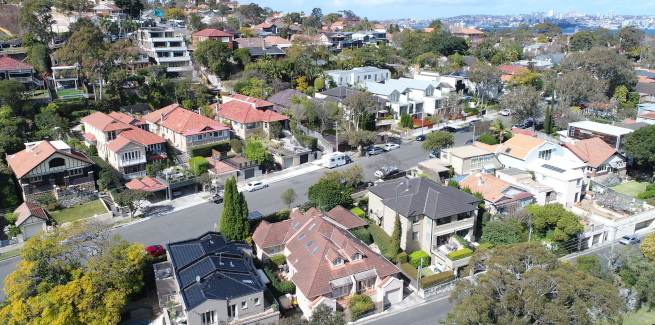As highlighted by the property platform’s latest analysis, the median dwelling value in Australia over May was $752,507, marking a 10-bp decrease compared to April.
According to CoreLogic, this is the first monthly decline it has recorded since September 2020.
Driving this wane in prices were capital cities, with Sydney (-1 per cent), Melbourne (-0.70 per cent) and Canberra (-0.10 per cent) all reporting monthly dips, with the latter experiencing its first drop in three years.
However, this decline was not universal, with Australia’s less populated locations reporting growth. According to the results, Adelaide (1.8 per cent), Brisbane (0.8 per cent) Perth (0.6 per cent), Darwin (0.5 per cent) and Hobart (0.3 per cent) all reported lifts over the nibth, while regional Australia saw upwards momentum of 50 bps.
Speaking on this shortfall, CoreLogic head of research Tim Lawless commented that, while the cash rate was an influencing factor, housing values have been cooling for some time.
“It is important to remember housing market conditions have been weakening over the past year, at least at a macro level,” Mr Lawless said.
According to this latest index, Australian dwelling values lifted by roughly 14 per cent in the year to May.
Compared to the 12 months to January, which saw Australian housing lift by around 22 per cent, this latest figure marked a significant drop.
Mr Lawless said that the quarterly rate of growth in Australia’s value peaked in May 2021, which followed a peak in consumer sentiment and a trend towards higher fixed mortgage rates.
“Since then, housing has been getting more unaffordable, households have become increasingly sensitive to higher interest rates as debt levels increased, savings have reduced and lending conditions have tightened,” Mr Lawless said.
“Now we are also seeing high inflation and a higher cost of debt flowing through to less housing demand.”
PropTrack economist Paul Ryan said that this anticipated reduction in growth came off the back of market uncertainty with rising rates, higher costs of living and inflation reaching over 5 per cent.
Earlier this week, the REA Group analytics outfit reported that Australian homes sank by 11 bps over May – the first decline since the start of the pandemic.
“I don’t think it’s as clear cut as this leads to that, but it definitely shows that rising interest rates have had a big impact on the market over 2022,” Mr Ryan said.
“I think a lot of buyers are a little uncertain at the moment, particularly about just how quickly interest rates are going to rise.”
Values tipped to plummet by potentially 15%
According to AMP chief economist Dr Shane Oliver, poor affordability, rising fixed rates, and variable rates expected to lift by around 2 per cent to mid-next year are some of a handful of influences that will see values plummet over the next year.
“So, after 22 per cent growth in national average home prices last year, home prices this year are now expected to fall 2 per cent and we expect around a 10 per cent decline in average prices in 2023,” Dr Oliver said.
“Top to bottom, the fall in prices is still likely to be around 10-15 per cent.”
According to Dr Oliver, in the context of a 29 per cent price lift since 2020, meaning negative equity is unlikely. “However, those who purchased in the last 18 [months] on low deposits are at risk of negative equity,” he said.
Dr Oliver later noted that this trend would likely result in the RBA easing interest rates.
“The fact that prices are already starting to fall tells us that rate hikes are already getting traction suggesting that it may not have to raise rates as much as would otherwise be the case, with the peak in the cash rate being, say, 2 per cent rather than the 3 per cent-plus that the money market is predicting,” Dr Oliver said.
[Related: Housing values grew 22.1% in 2021]
 ;
;